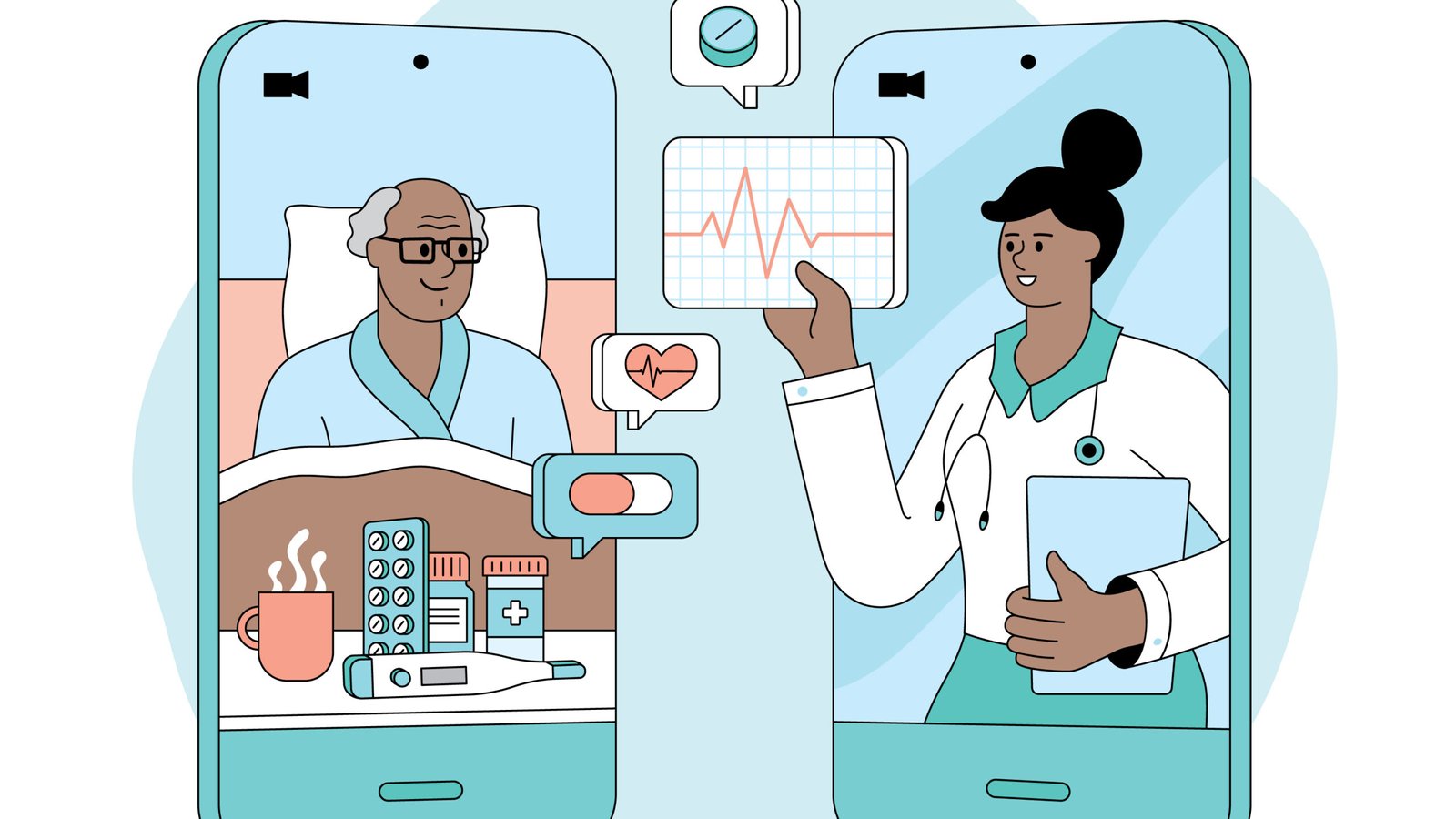The Rise of Telehealth: Revolutionizing Healthcare Access and Delivery
Telehealth, once a niche concept, has rapidly transformed into a cornerstone of modern healthcare. Accelerated by global events and technological advancements, it has moved from a supplementary service to an essential mode of care delivery, offering unprecedented access to medical expertise and support. This shift has not only reshaped how patients interact with healthcare providers but also challenged traditional models of medical practice. From routine consultations to chronic disease management and mental health support, telehealth is proving to be a versatile and indispensable tool in bridging geographical gaps and improving healthcare accessibility for millions worldwide.

What is Telehealth?
Telehealth encompasses a broad range of technologies and services used to deliver healthcare remotely. It includes live video conferencing, remote patient monitoring, mobile health (mHealth) apps, and store-and-forward technologies for sharing medical information. While often used interchangeably with ‘telemedicine,’ telehealth is a broader term that includes non-clinical services like provider training, administrative meetings, and continuing medical education, in addition to clinical care.
Benefits of Telehealth
The widespread adoption of telehealth has brought forth numerous benefits, impacting both patients and healthcare systems. For patients, the most immediate advantage is enhanced accessibility. Individuals in rural or underserved areas, who previously faced significant barriers to accessing specialized care, can now connect with providers from the comfort of their homes. This eliminates the need for long commutes, reduces transportation costs, and minimizes time off from work or school.

Beyond geographical convenience, telehealth offers increased flexibility and convenience. Scheduling appointments becomes easier, and waiting times are often reduced. This is particularly beneficial for patients with chronic conditions requiring frequent monitoring or those with mobility issues. Mental health services have also seen a significant boost through telehealth, as it provides a discreet and accessible platform for therapy and counseling, reducing the stigma often associated with in-person visits.
From a healthcare system perspective, telehealth can lead to improved efficiency and resource utilization. It can help reduce hospital readmissions, optimize clinic workflows, and free up emergency room capacity for more critical cases. During public health crises, such as the COVID-19 pandemic, telehealth proved invaluable in maintaining continuity of care while minimizing exposure risks for both patients and healthcare professionals. Data from the Centers for Disease Control and Prevention (CDC) showed a 154% increase in telehealth visits during the last week of March 2020, compared with the same period in 2019, highlighting its critical role in crisis response [1].
Challenges and Considerations
Despite its many advantages, telehealth is not without its challenges. One significant concern is ensuring equitable access for all. The ‘digital divide’—the gap between those who have access to modern information and communications technology and those who don’t—can exclude vulnerable populations, including the elderly, low-income individuals, and those without reliable internet access or appropriate devices. Addressing this requires significant investment in infrastructure and digital literacy programs.

Another critical aspect is data privacy and security. Transmitting sensitive patient information over digital platforms necessitates robust cybersecurity measures to prevent breaches and ensure compliance with regulations like HIPAA in the United States. Healthcare providers must also be adequately trained in using telehealth platforms effectively and ethically, ensuring that the quality of care delivered remotely matches that of in-person consultations.
Reimbursement policies also remain a complex issue. While many insurers expanded coverage for telehealth during the pandemic, the long-term sustainability of these policies is still evolving. Consistent and fair reimbursement models are crucial for incentivizing providers to integrate telehealth into their regular practice. Furthermore, regulatory frameworks vary significantly across different states and countries, creating a fragmented landscape that can be challenging for providers operating across jurisdictions.
The Future of Telehealth
The trajectory of telehealth points towards continued growth and integration into the broader healthcare ecosystem. Innovations in artificial intelligence (AI) and wearable technology are set to further enhance its capabilities, enabling more sophisticated remote monitoring, predictive analytics, and personalized care. Virtual reality (VR) and augmented reality (AR) could also play a role in future telehealth applications, offering immersive experiences for patient education, surgical planning, and even remote rehabilitation.
However, for telehealth to truly realize its full potential, a concerted effort is needed to overcome existing barriers. This includes developing standardized regulatory frameworks, ensuring equitable access to technology, and fostering greater digital literacy among both patients and providers. The focus should shift from simply replicating in-person visits to leveraging technology to create entirely new models of care that are more efficient, patient-centric, and accessible.
Conclusion
Telehealth has undeniably emerged as a powerful force in modern healthcare, offering a flexible, accessible, and often more efficient alternative to traditional care models. While challenges related to equity, privacy, and regulation persist, the ongoing innovation and increasing acceptance by both patients and providers suggest a future where telehealth is not just an option but an integral and indispensable component of a resilient and responsive healthcare system. Its continued evolution promises to democratize healthcare access, improve patient outcomes, and ultimately contribute to a healthier global population.
References









